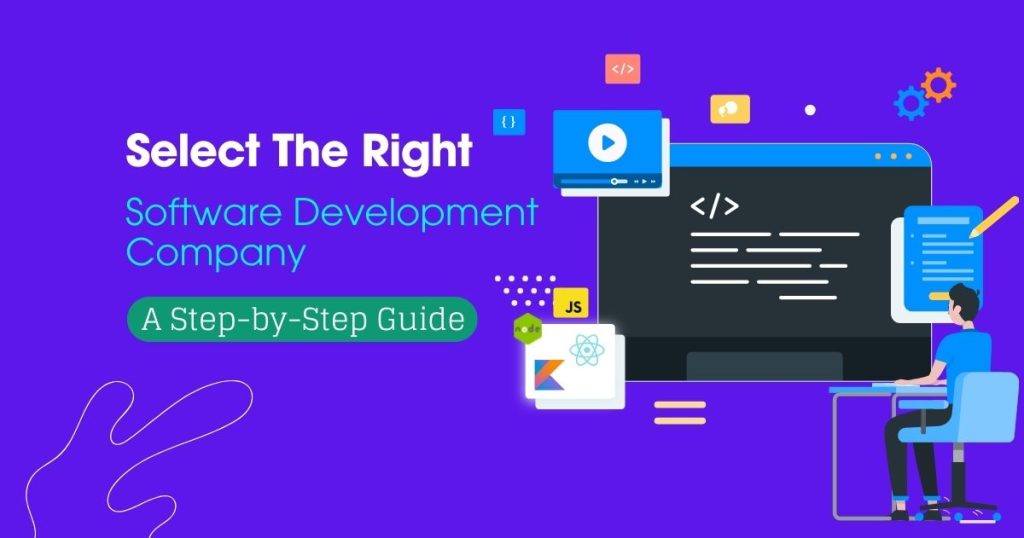Software testing is one of the elements of the software development process. It guarantees that the product is compliant to the regulations, works correctly, and is dependable. This is the article that will be a thorough guide to the software testing techniques, their importance, and how they are the building blocks of the well-built software systems.
Understanding Software Testing Techniques
Firstly, we should understand what software testing methods they are, before starting with the application of these techniques. Software testing Company India techniques comprise a range of methods utilized to develop, carry out, and assess the tests for software applications. These methods are used to detect errors, evaluate the software’s performance, and thereby guarantee the software quality. Let’s explore some common testing techniques:
1. Manual Testing
Manual testing is the process of the software testing being tested by human testers who can then inspect and evaluate the software. It is a basic procedure where testers in terms of the application, test its features and check its action. Manual testing is the process that consists of activities like test case execution, exploratory testing, and usability testing. Although it is a good source of information, it takes a lot of time and is prone to human error.
2. Black Box Testing
Whereas, black box software testing revolves around the software’s external behavior by the end users instead of its internal structure. The goal might be to ensure that the software carries out the functions in various circumstances as they are supposed to work. Black box testing methods are a mixture of partitioning equivalence class, edge or boundary value analysis, and decision tables to verify the software. Say, by using the approach equivalence class partitioning testers create the classes of input values and then they produce the samples of each class value.
3. White Box Testing
One type of testing commonly used is the white box software testing, which is also known as the structural testing, which is the checking of the internal execution flow and program’s code of the software. Testers exploit source code by using it to test the software they code. Furthermore, they apply methods such as statement coverage, branch coverage, and as well as path testing. Statement coverage satisfies the requirement that each line of code is cited at least once as part of the testing process. The nature of the branch, in combination with all the possible decision points (branches), ensures that the test is going to branch every single branch in the code. Through path testing of the code and different loops and branches tree paths are generated.
4. Functional Testing
Functional testing is a process of verifying that the software amply performs the specific functions it is required to perform. This class also contains the unit testing of the components and the various modules, as well as the combined functions. Functional software testing is a specific testing process that incorporates some technologies such as smoke testing (that is the short check to confirm the basic procedure is correct), regression software testing (that the new changes have not influenced the old operations), and acceptance testing (which is the truthfulness of the program as per the users’ requirements). The purpose of the functional testing is the assurance that the particular elements of the software work they were designed to work.
5. Non-Functional Testing
Functionality testing examines the certain parts that are not working and the non-functional testing checks the aspects that are not related to functionality, like the performance, security, usability, and reliability.
Software Testing Techniques within this category include:
Performance Testing:
It assesses the system’s rapidity, scalability, and consumption of resources under different loads.
Security Testing:
The list of limitations includes the identification of vulnerabilities, authentication rules, and the possible security breaches.
Usability Testing:
Evaluates the ease of use, navigation, and overall user experience.
Compatibility Testing:
Put in a way that it is carried out by looking after the driver of the software that works well on different browsers, devices, and operating systems.
The main ideas or tips for conducting proper software testing include the following:
1. Clarify the objective and scope of testing.
2. Design and plan the test strategy.
3. Specify the test criteria.
4. Determine the test environment and tools.
5. Develop test cases and scenarios.
6. Execute and document the testing.
7. Analyze and report the testing results.
Regardless of the chosen technique, certain best practices enhance the effectiveness of software testing:
Test Early and Continuously:
Early on in the development lifecycle, start testing to find out the possible issues. Constant testing is done all throughout the development to catch the issues at the early stages.
Test Real-World Scenarios:
Duplication of production settings that are as close to each other as possible should be reconstructed. Validation of the test on the real browsers, devices, and operating systems is carried out to make sure that the results are accurate.
Automate Where Possible:
Automate the test tools to do repetitive tasks and get better test coverage.
Document Test Cases:
Keep the test cases clear and concise and mention the expected outcomes and the conditions that have to be met before the test.
Collaborate with Developers:
The transfer of information between testers and developers is the key to quick defect correction.
Conclusion
Systematic investigation of software by using standardized testing methods is a must for providing of high-quality products. Be it a manual tester searching for the optimal user interface or a white box tester looking for the deepest code in the system, all the techniques have their contribution to the building of a highly reliable software system. Do not forget that one method alone is not enough; hence, a combination of methods guarantees the thorough testing and the development of a good software. Happy testing!
Read More:
A Mainframe testing is a powerful, centralized computer system that handles large-scale computing tasks. Mainframe testing is the testing of apps or software based on a mainframe system.



